Photo Tripods or Video Tripods? The Difference Is Bigger Than You Think!
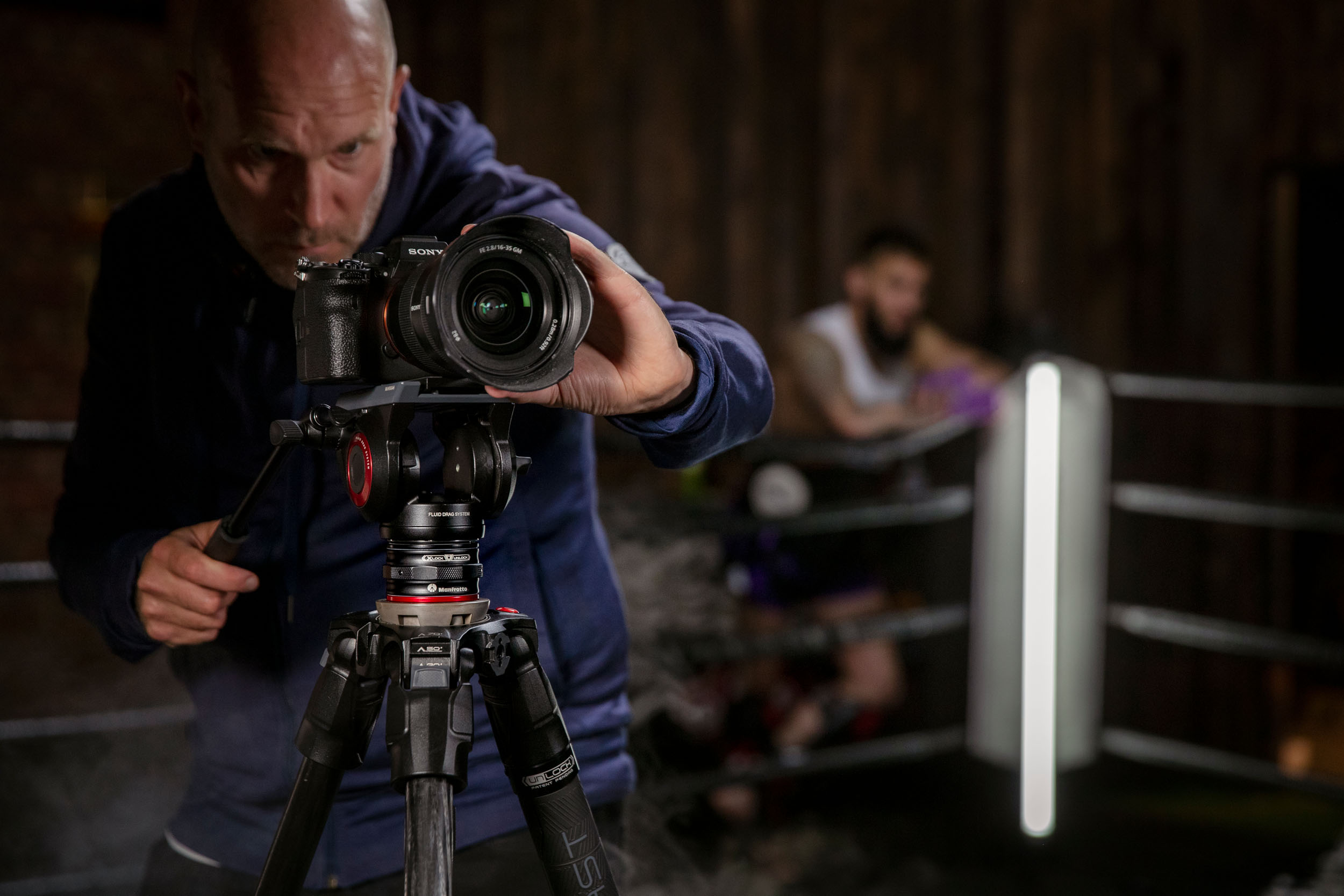

Tripods are irreplicable tools in any photographer’s or videographer’s arsenal. However, the two have a single big difference: a photo tripod needs to take a single good image, while a video tripod needs to take 24/60/120 images every second. Which one should you choose, what is the difference and which one is the best? In this article, we will take a deep dive into photo and video tripods, and figure out the nitty-gritty of each one.
Perhaps one of the most used tools in photography, after cameras and lenses (and memory cards), is a tripod. Be it in video or photo. You can go above and beyond what you can do without a tripod. I recommend getting a good tripod as soon as possible. It is one of those items you shouldn’t skimp on. Buy a used camera and lens, but get a good tripod is a mantra many professionals go by. For photographers, a tripod is a tool that enables them to stack shots, create long exposures, or place the camera at remote and difficult shooting angles. As for videographers, a tripod is the only way to get ultimate precise control of camera movement. There's practically no limit to how heavy a camera can get these days, so you’ll be happy you brought along a tripod to support it!
Check Out Those Legs!
Usually, the obvious difference between video and photo tripods is the number of legs. Commonly a video tripod has twin legs, while a photo tripod had single tube legs. The difference between the two is the stability level it offers. A single-tube tripod is perfect for supporting professional photo and video cameras. For example, my single-tube tripod can take the weight of a Phase One medium format camera, while my wrist can’t. Overall, a single-tube tripod is a lightweight, stable, and reliable solution for photographers and some videographers.
However, it is more common to find twin-leg tripods in video use as they offer far greater stability with really heavy cameras such as RED, Arri, or broadcast-grade equipment.
However, this doesn’t necessarily mean that you need a twin-tube leg tripod to shoot a great video. With video rigs getting increasingly lighter, it is also perfectly good to use the
, which deliver great stability and rigidity.
Material-wise, tripods come in classic metal versions, and a more lightweight, carbon fibre.
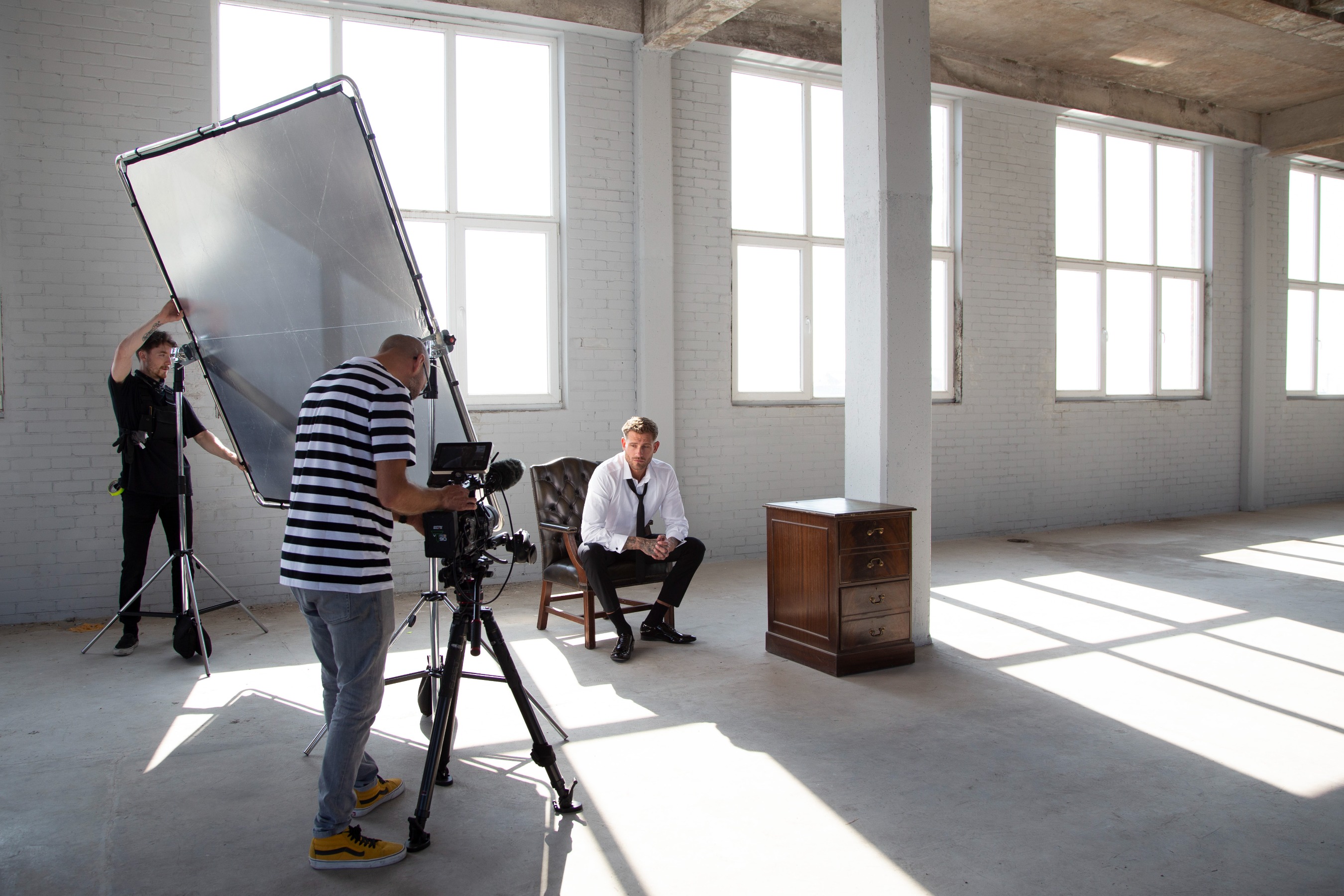

Carbon Fibre or Metal?
The difference between the two is in the price, weight, and sturdiness. If you’re working with heavy equipment in a studio or somewhere where transportation is not a problem, pick the metal version. But, if you’re often on-location or perhaps have a small crew, opting for a carbon-fibre tripod is a much better idea.
Twist, Push, and Lock
The locking mechanism of your tripod will also play a difference in how fast you can set up, and how well it is possible to grip the locking mechanism. Twin-leg tripods come with the classic lever push-lock, while when choosing a single-leg tripod you can pick between a twist or a lever system. While performing the same function, the twist mechanism is faster to set up because all knobs can be undone at the same time. Lever mechanisms, while slower to set up, provide visual feedback on whether the tripod is ready to use. Over the years, I’ve seen assistants fail time and time again to set up a twist-lock tripod. For creators who are working against the clock, Manfrotto created a special tripod that is designed to be set up in seconds. The FAST tripods range features a unique release system that releases all legs at the same time.
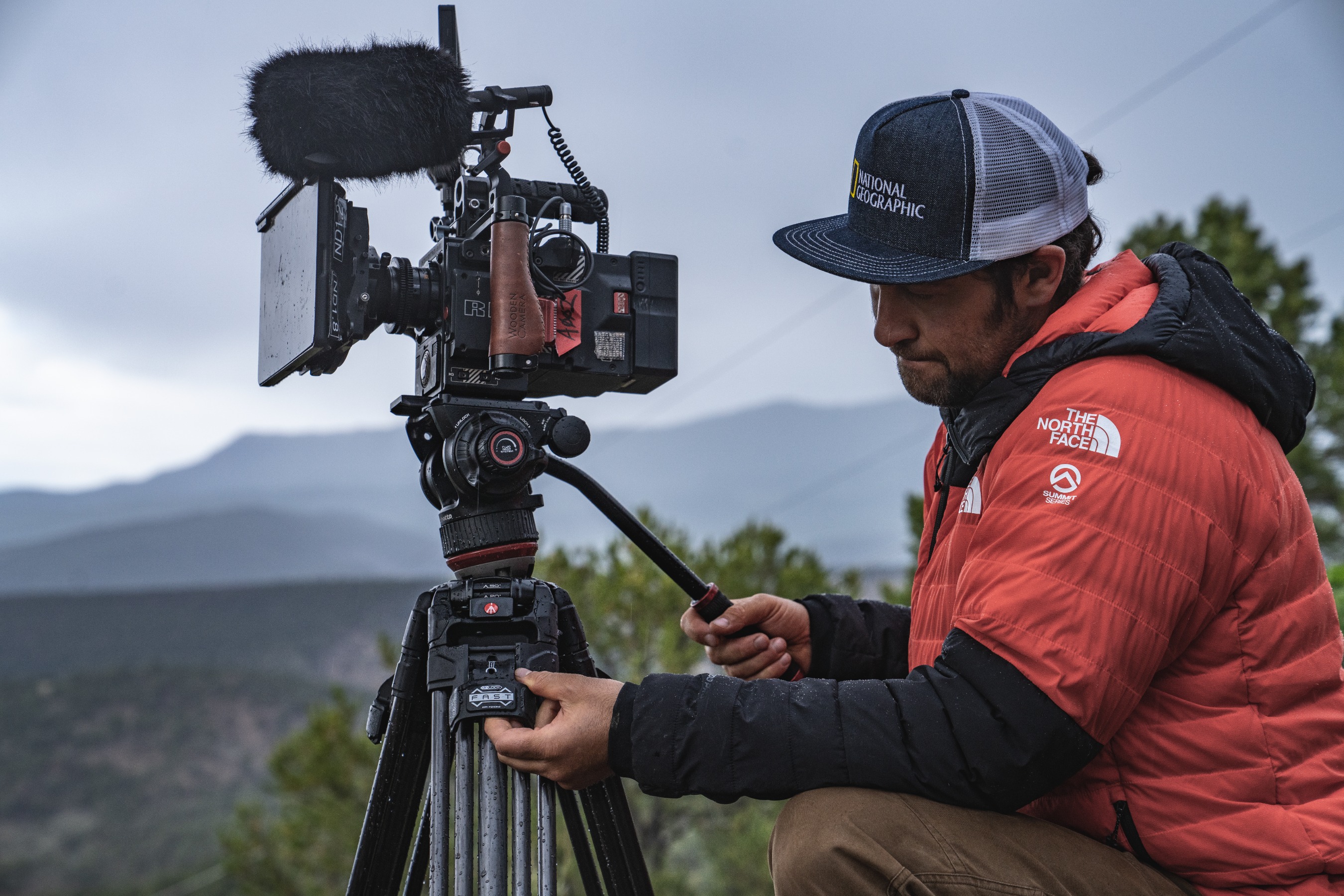

3 Features That Define a Good Video Tripod
While photo tripods are straightforward and people are familiar with the features, video tripods are more of a mystery. There are three important things you must have in mind when picking a video tripod: smoothness of motion, levelling, and counterbalance.
Fluid Drag System
The fluid drag system is responsible for making tilts and pans smooth. Tilting implies vertical movement up and down, while panning is left and right movement. Just think back to watching a sports event on screen, and seeing how the camera follows the athlete. That is a combination of panning and tilting, as the camera moves smoothly while remaining in the same spot on a tripod. Manfrotto’s fluid drag system is a perfect solution for anyone wanting smooth and cinematic shots. There are two modes: fixed and variable drag. Fixed drag will offer a steady pan and tilt. Variable mode, as the name suggests, will offer control over how much pan and tilt there is. It is suggested to fine-tune variable drag to your camera and shot requirement.
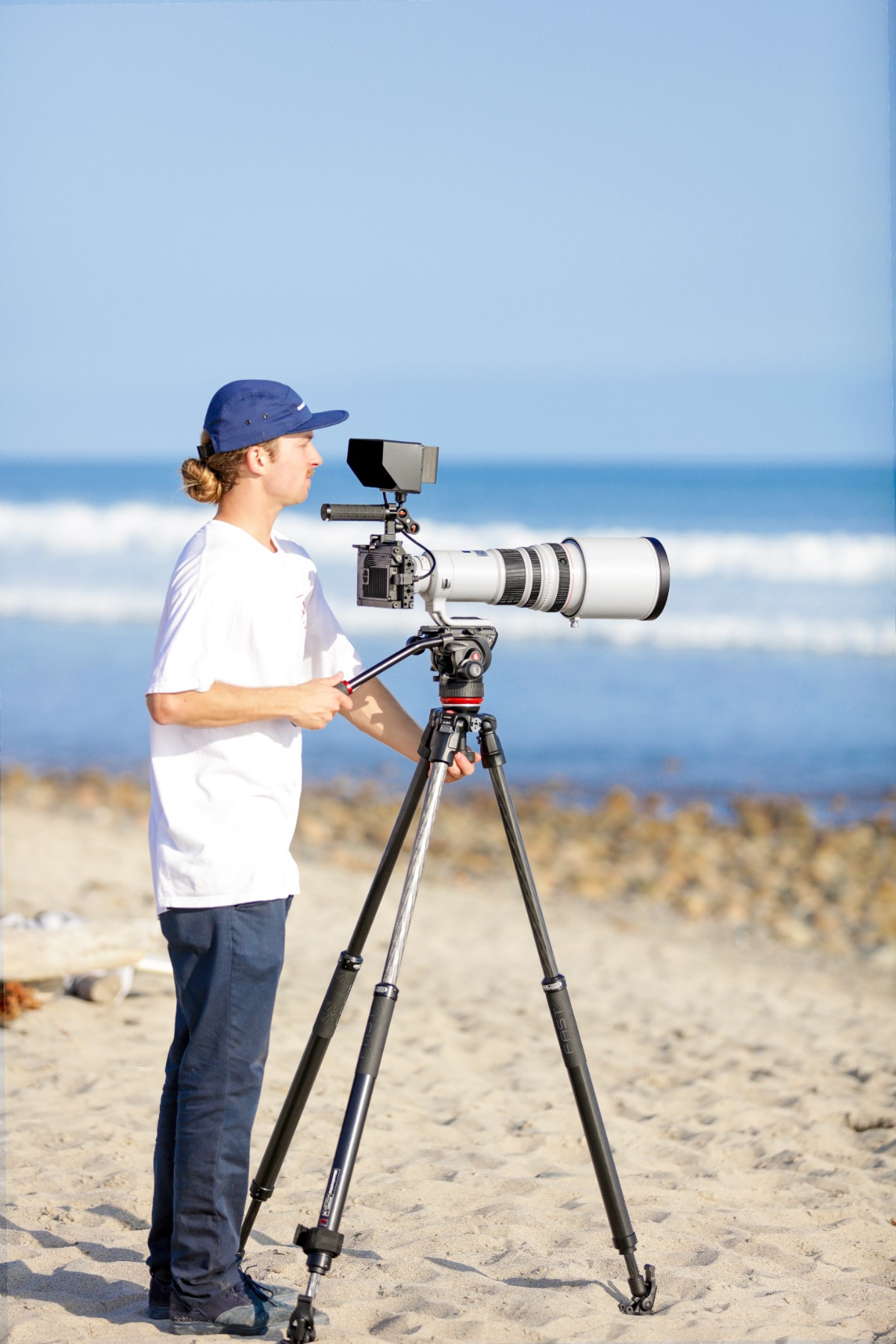

Leveling System
A level shot is a good shot. The human eye prefers straight horizons. Time and time again creators make the mistake of shooting videos with uneven horizons and lines. The wise choice for most situations is to level the camera. The simple, and time-consuming way is to adjust each leg until the camera is level. While this works, and will eventually get the job done, it is somewhat inefficient. Still, it will be lighter as there are fewer components. So if you need to save weight, check out the . Being a lightweight single-leg tripod system with a fluid head, it will be an ideal companion on location.
The other option is more advanced and easier to use at the same time. It features a movable half-ball head which makes fine-tuning the camera level a snap. In addition, a bubble level helps to make the final fine adjustment. If you need to move around a lot, and shoot on uneven surfaces, check out the , or the . Nowadays, all Manfrotto video heads are delivered with a flat base meaning you can put the head on other accessories such as a slider. Depending on the weight of your rig, you may want to pick a larger or smaller head diameter. For heavy cameras, a 75-100mm head is suggested, while lighter cameras are okay with a 60mm head.




Counterbalance System
Another notable feature of video tripods is the counterbalance system. It is what makes video heads such useful tools. Basically, it stops the camera from tilting forward or backward under its weight. There are three versions of the counterbalance system: fixed, step, and continuous.
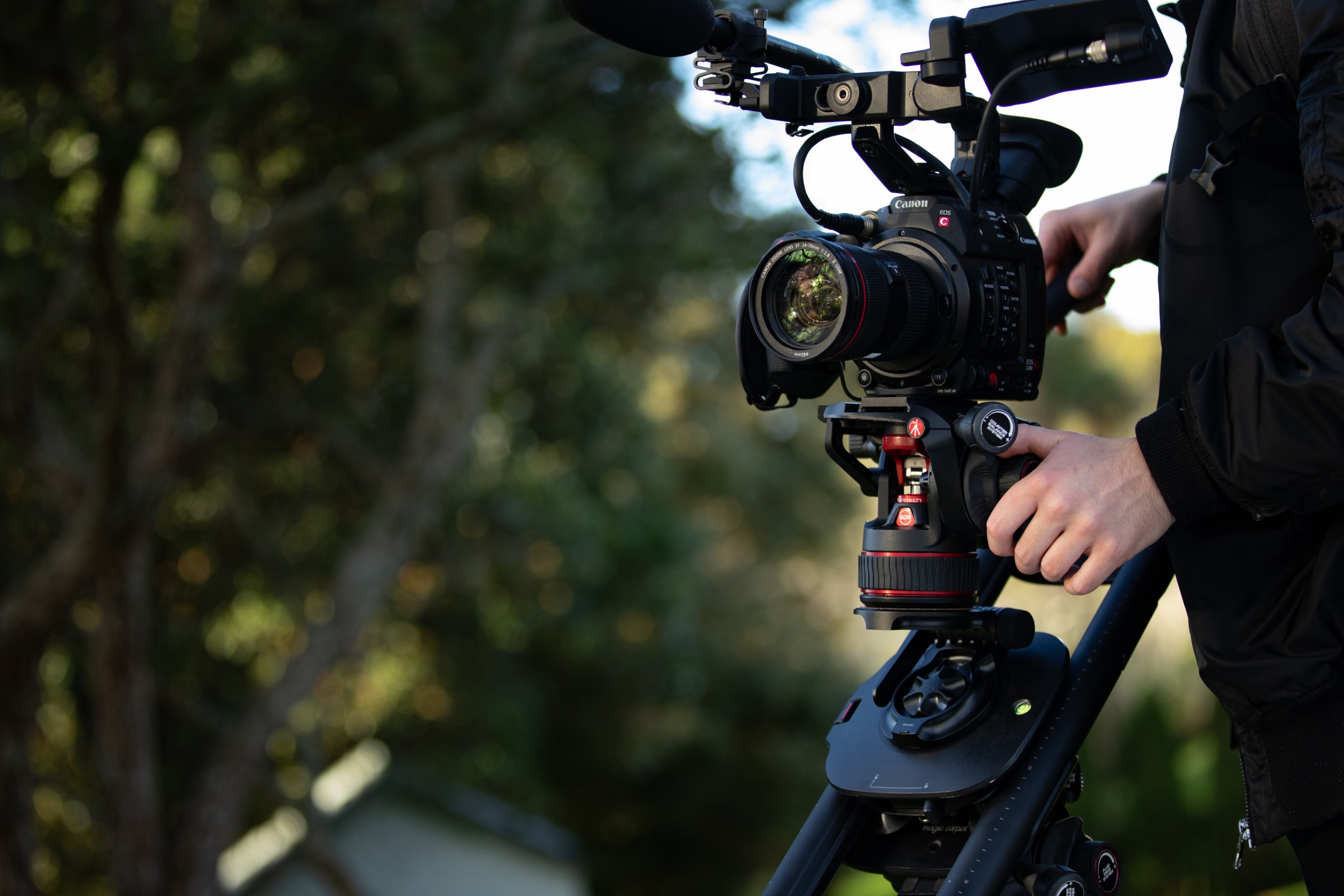

The fixed counterbalance system is found on the
,
. This option is the best for people who don't require precision balancing. It won’t adjust based on camera weight.
The Step counterbalancing system is found on
and
video heads. It can be adjusted based on camera weight, but again won’t be as precise as the third option: continuous.
Reserved for the Nitrotech range of video heads such as the
and
, it offers the highest precision. The Nitrotech range is for those who want to use their tripod with as many camera configurations as possible.
If used correctly, the counterbalance system allows the creator to leave the camera in any position without ever having to tighten the pan and tilt knobs.
| Feature | (for videographers) | (for photographers) |
|---|---|---|
| Fluid Drag System | ✔ | × |
| Counterbalance | ✔ | × |
| Leveling | ✔ | × |
| Sliding plate | ✔ | × |
| Portrait mode | × | ✔ |
So, which one should you choose?
If you’re a photographer, you will likely not need some of the features that video tripods have. One of the ideal choices for photographers is the . For videographers, however, the choice is different. Entry/mid-level creators will likely appreciate the Manfrotto , . For a more lightweight entry/mid-level choice, check out the , or the on the legendary .
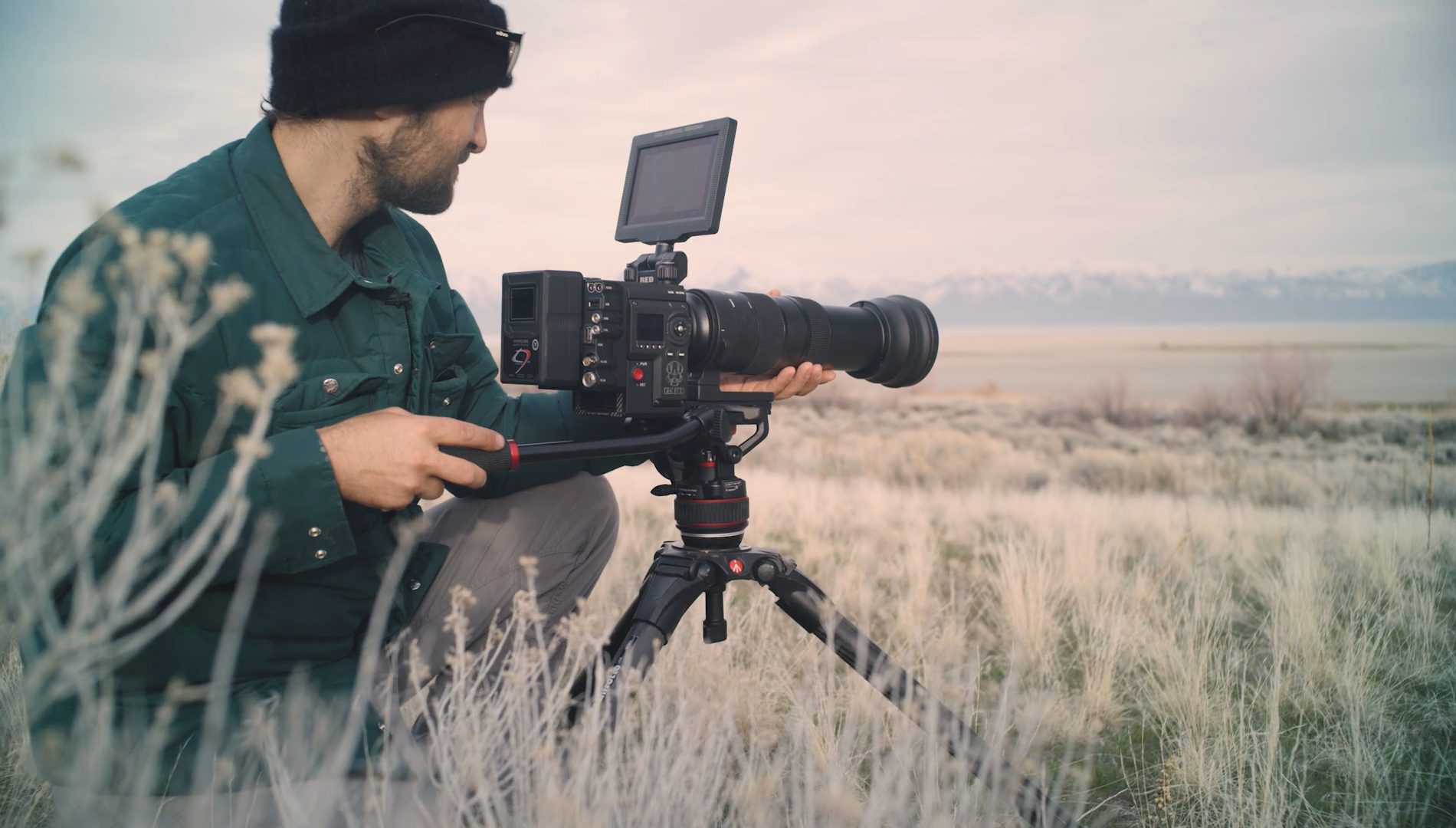

Professionals needing a little bit more functionality should look towards the or the . Featuring the latest Nitrotech system, the would be a fantastic choice for nearly any professional videographer.


























